Ceiling fans are ubiquitous as it is there in almost every home worldwide. It serves the purpose of spreading the cool breeze of air in the house. At a most general level, ceiling fans are used in summer, but it is used in winter as well to circulate the heater’s heat throughout the room evenly to maintain a well-balanced temperature in every corner.
Ceiling Fans play a pivotal role in maintaining an optimal indoor climate by effectively circulating the air. However, to make them work at their full potential, you have to understand the direction in which they should spin in different weather.
In this article, I am going to discuss the Ceiling Fan Spinning direction. Continue reading… to know more on this.
Contents
- 1 Which Way Should a Ceiling Fan Spin in Summer and Winter?
- 2 Clockwise vs Counterclockwise Fan Rotation: A Detailed Comparison
- 3 How to Change Ceiling Fan Direction?
- 4 Ceiling Fan Direction with Air Conditioning: A Harmonious Partnership
- 5 How to Use the Fan Efficiently for Saving Energy Cost?
- 6 Conclusion
Which Way Should a Ceiling Fan Spin in Summer and Winter?
Which Way Should a Ceiling Fan Turn in the Summer? => Counterclockwise Rotation
When you have a question in mind about which Direction Your Ceiling Fan Spin, you have to consider the weather as well because different weather may have different requirements for your fan direction. During the summer months, the counterclockwise rotation of your ceiling fan is essential to maintain a constant circulation of air throughout the room. The counterclockwise rotation of the ceiling fan is also known as Forward mode. It is important to have this rotation in summer because when the fan blades move counterclockwise, they push air downward, which further creates a cool breeze that makes you feel comfortable.
Here I am sharing a few benefits of the Counterclockwise Rotation of the Fan Blades in Summer:
- Evaporative Cooling Effect: As the counterclockwise rotation of fan blades pushes the air downwards, it generates a gentle breeze that helps in evaporating sweat from your body. You must have felt this, when you come heavily sweated from outside, and sit just under the ceiling fan. You feel a cooling sensation which makes you comfortable.
- Improved Air Circulation: Since the fan blades keep pushing the air downward, hot air doesn’t accumulate near the ceiling. It promotes a cool breeze of air circulating evenly in the house.
- Energy Savings: By setting your ceiling fan to spin counterclockwise during the summer, you can reduce your reliance on air conditioning. The cooling effect of the fan allows you to set your thermostat a few degrees higher without sacrificing comfort. As a result, you can save energy and lower your cooling costs. Moreover, if you are living in a humid area, the AC cannot be replaced with a Fan. Either AC or humidifier is needed.
Which Way Should a Ceiling Fan Turn in the Winter? => Clockwise Rotation
You must change the direction of the fan in winter to clockwise. This mode is often referred to as the “Reverse” mode. This direction is well suited for winters in which you need to spread the warm air throughout the room.
- Warm Air Redistribution: In the winter, when you use a room heater, warm air naturally rises and accumulates near the ceiling, and you don’t feel the warmth. Thus, setting the fan blade clockwise, the air is pushed up which gently pushes the normal air to the ceiling, and warm air gets down after bouncing back from the ceiling. This process continues, and sometimes, the warm air is well-circulated in the room.
- Reduced Heating Costs: When you use only the heater, you need to keep it on for long hours to make the room fully warm. But, when you use a ceiling fan, set at low speed, it circulates the warm air throughout the room, and you don’t need to keep your heating system On for long hours. This can result in energy savings and lower heating bills.
So, Adjusting your ceiling fan’s rotation direction for each season optimizes its effectiveness. Counterclockwise rotation in the summer creates a cooling breeze and enhances air circulation, while clockwise rotation in the winter redistributes warm air to maintain a cozy atmosphere.
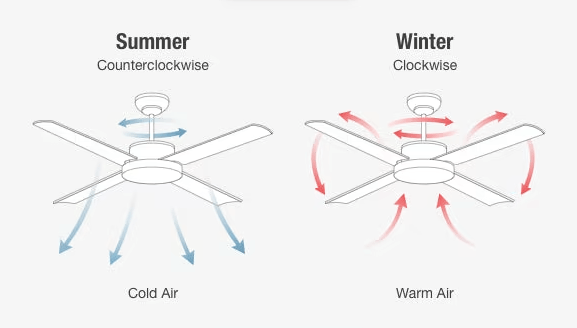
Clockwise vs Counterclockwise Fan Rotation: A Detailed Comparison
| Aspect | Clockwise Rotation (Winter) | Counterclockwise Rotation (Summer) |
|---|---|---|
| Direction of fan in winter | Clockwise (Reverse Mode) | Counterclockwise (Forward Mode) |
| Seasonal Suitability | Ideal for winter. | Ideal for summer. |
| Mechanics | Updraft is created, pushing warm air down. | Breeze generated, promoting evaporative cooling. |
| Temperature Regulation | Helps maintain a consistent room temperature. | Provides a cooling sensation without changing the room temperature. |
| Air Circulation | Prevents warm air from stagnating near the ceiling. | Promotes even distribution of cool air throughout the room. |
| Energy Efficiency | Potentially reduces the need for heating, increasing energy efficiency. | Reduces reliance on air conditioning, leading to energy savings. |
| Comfort Benefits | Enhances warmth and coziness. | Provides a refreshing and cooling effect. |
| Utility Savings | May lower heating costs in the winter. | Can reduce cooling costs in the summer. |
How to Change Ceiling Fan Direction?
Different Ceiling fan brands come up with different options to change the direction Of the Ceiling Fan’s blade in different seasons. Below are the methods.
Change Ceiling Fan Direction Using the Switch
Turn the Fan Direction Switch
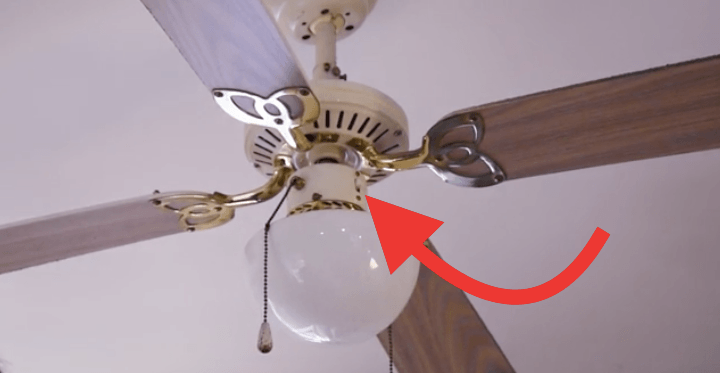
- Use a step stool or ladder to reach the fan’s motor housing.
- Flip the switch in the opposite direction from its current position.
- Typically, you will have two options: one for clockwise (winter) rotation and the other for counterclockwise (summer) rotation.
- Make sure the switch is securely in the new position.
Change the Ceiling Fan Direction without Using the Switch
Here I am mentioning those methods which doesn’t require a dedicated switch to change the fan blade direction.
Method 1: Using a Remote Control
Nowadays, many fan brands offer remote control for your fan, and thus, you can make use of that to change the direction of blades.

- First of all, get the remote control of your ceiling fan.
- Identify the “Reverse” or “Direction” button on the remote control. Different brand remotes may have different text. So, you have to check it carefully to get the idea.
- Press the appropriate button to change the fan’s direction.
- Now, check if the fan’s direction has been changed or not.
Method 2: Utilizing the Pull Chain
- Locate the pull chain on your ceiling fan.
- Identify the pull chain labeled “Reverse” or “Direction.”
- Gently pull or tug the designated pull chain.
- Observe the fan blades to confirm the change in direction.
Method 3: Installing a Wall Control Switch
- Choose a suitable location on the wall for the control switch.
- Turn off the power supply to the room.
- Remove the existing light switch cover and disconnect the wires.
- Install the wall control switch according to the manufacturer’s instructions.
- Secure the switch in place and restore power to test the fan’s direction.
Method 4: Installing a Smart Home System
- Choose a compatible smart home system (e.g., Amazon Alexa, Google Home).
- Ensure your ceiling fan is compatible with the chosen system.
- Install the smart home system and connect it to your ceiling fan.
- Download the system’s mobile app and follow the instructions to pair the fan.
- Control the fan’s direction via the app or voice commands.
Ceiling Fan Direction with Air Conditioning: A Harmonious Partnership
Using ceiling fans along with an Air conditioning system helps you save energy consumption without hampering your comfort in hot and humid summer.
Set the Fan to Counterclockwise: The Cooling Alliance
- When using both a ceiling fan and an air conditioner simultaneously, you must keep the ceiling fan rotating counterclockwise as it pushes down the air to circulate the air evenly throughout the room.
- The counterclockwise rotation creates a breeze that complements the air conditioning, making you feel cooler. As a result, you can set your air conditioner at a slightly higher temperature without sacrificing comfort. Generally, when you use only the AC, you may not be able to set it at a higher temperature because that won’t give you comfort. But, when you use a fan, you can keep it at a big higher temperature and enjoy the same level of comfort while reducing energy consumption.
- Raising the thermostat temperature even a few degrees can yield significant energy savings. For every degree you increase the thermostat, you are able to reduce cooling costs by 3-5% which is certainly a good saving.
How to Use the Fan Efficiently for Saving Energy Cost?
You must know that ceiling fans cool people, not the space. Thus, when you are not in the room, switch off the fan. However, AC cools down the space by cooling the air in it. Thus, if you are going out for some time, you can keep the AC on just to make sure that when you are back, your room is already cool. So, if you are using a fan, you must switch it off to save energy.
However, in rooms where you frequently move in and out, you can set the ceiling fan at a slow speed to maintain a consistent flow of air without high energy consumption.
Conclusion
Mastering the art of setting your ceiling fan’s direction according to the season can enhance your home’s comfort and energy efficiency. During the summer, embrace counterclockwise rotation to enjoy a cooling breeze and potential energy savings. On the other hand, in winter, employ clockwise rotation to distribute warm air evenly throughout the room. By harnessing these strategies, you can create an optimal indoor environment year-round while also being mindful of your energy consumption and environmental impact.

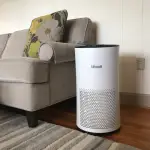
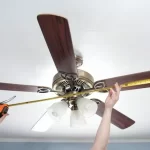
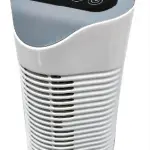

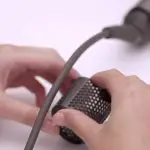
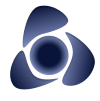
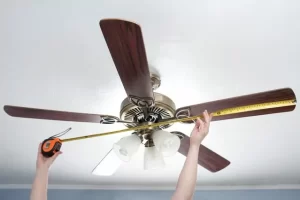
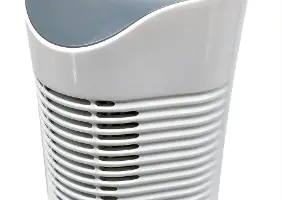

Add Comment